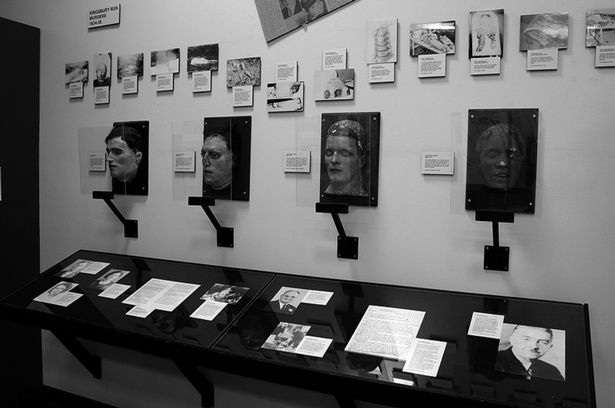Table of Contents
The Cleveland Torso Murders, also known as the Mad Butcher of Kingsbury Run, was a notorious serial killer who terrorized Cleveland, Ohio in the 1930s. The killer was responsible for at least 12 murders, most of which involved dismemberment and decapitation of the victims. The case is considered one of the most gruesome and mysterious unsolved murder cases in American history.
Impact of the Killer’s Crimes
The Cleveland Torso Murderer’s crimes had a significant impact on the local community, as well as on law enforcement agencies across the country. The killer’s victims were primarily drifters and prostitutes, and the murders were often committed in public places, which created widespread fear and panic among the public. Despite a massive manhunt and extensive investigations, the killer was never caught, leaving the community to live in constant fear of the unknown killer.
The Victims
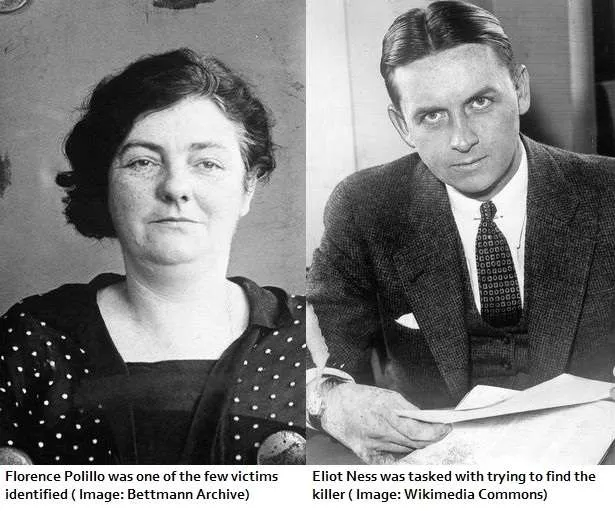
The Cleveland Torso Murderer targeted at least 12 victims, most of whom were drifters or prostitutes. Here’s a detailed description of the victims and their backgrounds:
- Edward Andrassy: a 28-year-old former Marine who was last seen alive on September 23, 1935. His body was found on September 24 in a boxcar at a local rail yard.
- Florence Polillo: a 42-year-old who was last seen alive on January 26, 1936. Her headless body was found on February 7 in Kingsbury Run, a ravine in Cleveland.
- “The Tattooed Man”: an unidentified man whose body was found on June 5, 1936, also in Kingsbury Run. He was described as a white male in his mid-30s with several distinctive tattoos, including a heart with an arrow through it on his left arm.
- Rose Wallace: a 28-year-old woman who was last seen alive on June 6, 1937. Her dismembered body was found on July 6 in Kingsbury Run.
- The “Lady of the Lake”: an unidentified woman whose dismembered body was found on September 5, 1934, in Lake Erie.
- And more victims whose identities remain unknown.
The victims had several similarities, including:
- All of them were decapitated and dismembered.
- Many of them were found in Kingsbury Run.
- Most of them were drifters or prostitutes.
Possible reasons for why the killer targeted these specific victims include:
- The killer may have targeted individuals who were unlikely to be reported missing or whose disappearances would go unnoticed.
- The killer may have had a particular hatred for prostitutes or other marginalized groups.
- The killer may have simply found it easier to lure in victims who were living transient lifestyles.
Despite the best efforts of law enforcement and private investigators, many of the victims remain unidentified to this day.
Cleveland Torso Murders
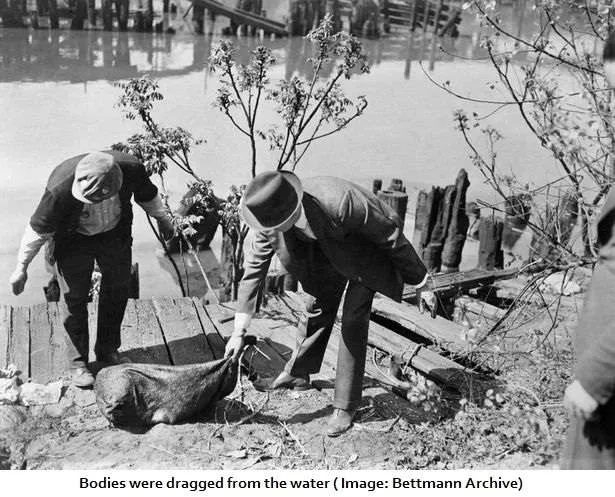
The Cleveland Torso Murderer’s modus operandi
The killer’s methods were gruesome, involving dismemberment, decapitation, and disembowelment. The bodies were often mutilated beyond recognition, making identification difficult.
Examination of the crime scenes and patterns of the murders
The crimes were committed between 1935 and 1938, with most victims being drifters or prostitutes. The killer targeted vulnerable individuals who were unlikely to be missed. All of the murders occurred near the Kingsbury Run area, leading to the nickname “The Torso Killer.”
Possible motives for the killings
Speculation on the killer’s motive includes revenge, sadism, and mental illness. Some experts believe that the killer may have been seeking to rid the city of “undesirables.”
The number of victims
At least 12 victims have been confirmed, but there may have been additional victims. The killer’s identity and the exact number of victims remain unknown.
Impact on the city
The murders caused fear and panic in Cleveland, and the killer’s ability to evade capture damaged the city’s reputation. The case remains one of the most notorious unsolved crimes in American history.
The Investigation
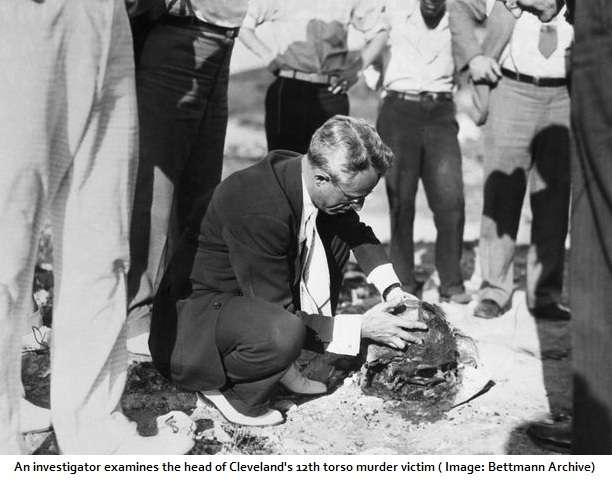
The investigation into the Cleveland Torso Murderer case was one of the most extensive and complicated in Cleveland’s history. Despite the efforts of law enforcement officials, the killer was never apprehended.
The police were initially hindered by a lack of evidence, as the killer left little behind at the crime scenes. There were also rumors of corruption within the police department, which may have impeded the investigation.
Despite these challenges, the police tried different methods to catch the killer. They conducted widespread searches of the city’s homeless camps and interviewed over 5,000 people in the area. They also attempted to recreate the crime scenes to better understand the killer’s methods.
One of the most significant developments in the investigation was the involvement of Eliot Ness, the famous law enforcement official who had previously helped bring down notorious gangster Al Capone. Ness was brought in by the Cleveland safety director to help with the investigation. However, his efforts did not yield any significant leads, and the case remained unsolved.
Over the years, several suspects were identified, but none were definitively linked to the crimes. Some of the suspects included a local butcher, a doctor, and a bootlegger. However, there was not enough evidence to charge any of these individuals, and the investigation eventually stalled.
The Cleveland Torso Murderer case has remained unsolved for over 80 years, and it continues to fascinate true crime enthusiasts and historians. The investigation and subsequent lack of resolution have led to several theories and speculation about the killer’s identity, including rumors that the killer was a member of a secret society or even a prominent public figure.
Despite the case’s age, it remains an open investigation, and the Cleveland Police Department still receives occasional leads and tips related to the case. The case’s impact on Cleveland and the broader true crime genre is significant, and it remains a chilling reminder of the dangers that lurk in even the most seemingly safe cities.
Suspects and Theories
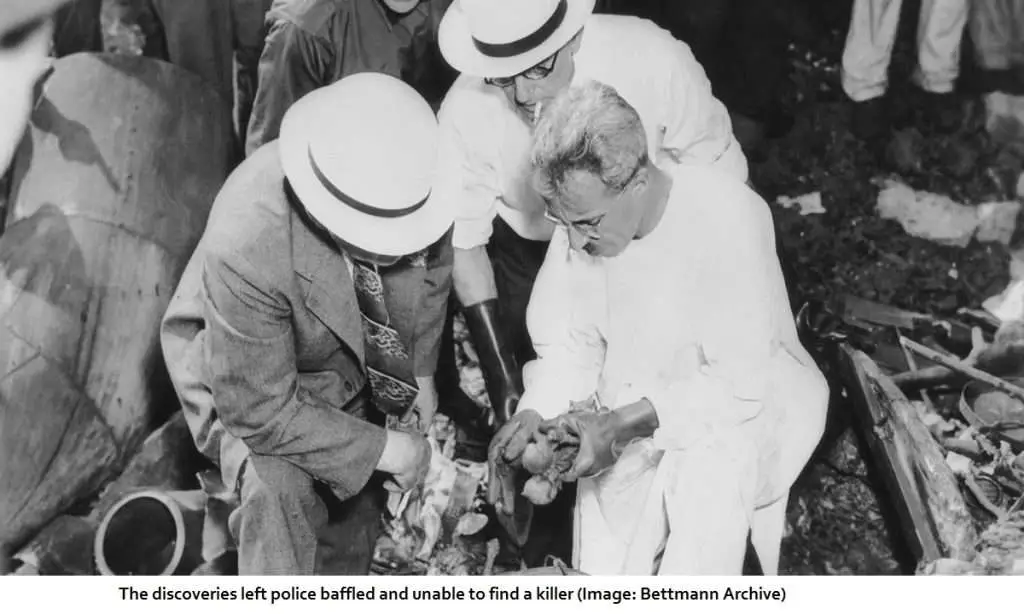
The Cleveland Torso Murderer case attracted a lot of attention from both the police and the public, leading to several suspects and theories being proposed over the years. Some of the more notable suspects included a local butcher named Frank Dolezal, a doctor named Francis Sweeney, and a bootlegger named Frank LaGassie.
Despite the police’s best efforts, they were never able to conclusively link any of these suspects to the murders. In the case of Sweeney, there was some compelling evidence linking him to the crimes, including a history of mental illness and a connection to one of the victims. However, Sweeney was ultimately released due to lack of evidence.
Other theories proposed to explain the identity and motives of the Cleveland Torso Murderer included the idea that he was a member of a Satanic cult, a rogue police officer, or even the infamous American serial killer H.H. Holmes.
Despite the many theories and suspects proposed over the years, the killer’s true identity remains a mystery to this day. While some of the theories are more plausible than others, none have been definitively proven, leaving the case open to continued speculation and investigation.
Media Coverage and Public Reaction
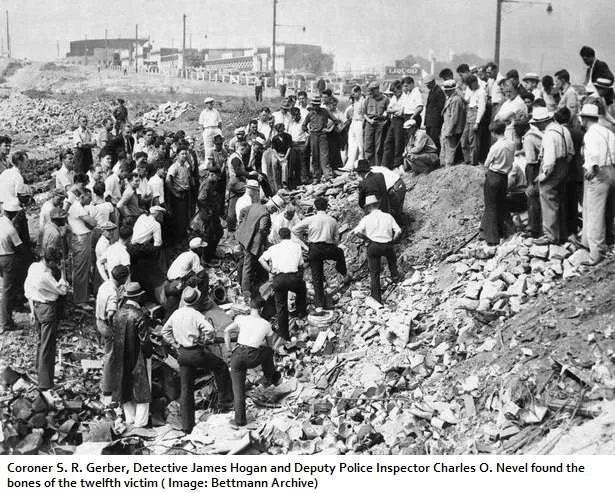
The media coverage of the Cleveland Torso Murderer case was extensive and contributed significantly to the public’s fear and anxiety. The case received widespread attention in the local and national press, with articles published in newspapers and magazines across the country. Some of the coverage was sensationalistic, with headlines designed to shock and scare readers.
The murders also had a profound impact on the public’s perception of safety, especially among vulnerable groups such as prostitutes and drifters. The fear of becoming the next victim was palpable, and many people changed their behaviors to avoid becoming potential targets. For instance, many women who worked in the sex industry left Cleveland or stopped working altogether.
The case has also had a lasting impact on popular culture and true crime entertainment. The Cleveland Torso Murderer has been the subject of numerous books, articles, and documentaries over the years, including a recent Netflix series. The killer’s modus operandi and the gruesome details of the murders have captured the public’s imagination and fascination, making the case one of the most famous unsolved serial killer cases in American history
The Legacy of the Cleveland Torso Murderer
The crimes of the Cleveland Torso Murderer left a lasting impact on the city of Cleveland and the wider world. In Cleveland, the murders caused widespread fear and panic, and many residents were afraid to leave their homes at night. The killer’s methods of dismemberment, decapitation, and disembowelment were particularly gruesome and captured the public’s attention.
The case also had a significant impact on law enforcement and forensic science. The Cleveland Torso Murderer was one of the first serial killers in the United States, and the investigation into the case helped to establish many of the techniques that are now used to track and capture serial killers. For example, the investigation led to the creation of a centralized fingerprint database, which has since become a standard tool for law enforcement.
In addition, the Cleveland Torso Murderer case has had a significant impact on popular culture and true crime entertainment. The case has been the subject of numerous books, documentaries, and podcasts, and has inspired many works of fiction. The killer’s gruesome methods and the mystery surrounding his identity have captured the public’s imagination and ensured that the case remains one of the most notorious unsolved crimes in American history.
Conclusion
As one of the most gruesome and chilling unsolved cases in American history, the Cleveland Torso Murders continue to fascinate and haunt true crime enthusiasts to this day. The brutal murders and dismemberments of at least 12 individuals, most of whom were drifters or prostitutes, left the city of Cleveland in a state of fear and panic for years. Despite numerous suspects and theories, the identity of the killer remains a mystery.
The impact of the Cleveland Torso Murderer case has been far-reaching, with its influence felt in law enforcement and forensic science. The case helped to establish many of the forensic techniques and procedures still used today, such as the use of dental records and fingerprints in identification.
The legacy of the Cleveland Torso Murders can also be seen in popular culture, with the case inspiring numerous books, films, and TV shows. The media coverage of the case and its impact on the public only served to heighten the fear and paranoia surrounding the killer’s crimes.
Although the killer was never caught, it is important to remember and honor the victims of these heinous crimes. The families of the victims still seek justice, and the case remains an open investigation. It is crucial to continue to bring attention to this case and other unsolved crimes, as every victim deserves justice and closure.
Related: Bernie Tiede Story: The Actual Murder That Gave Rise To The Film “Bernie”

